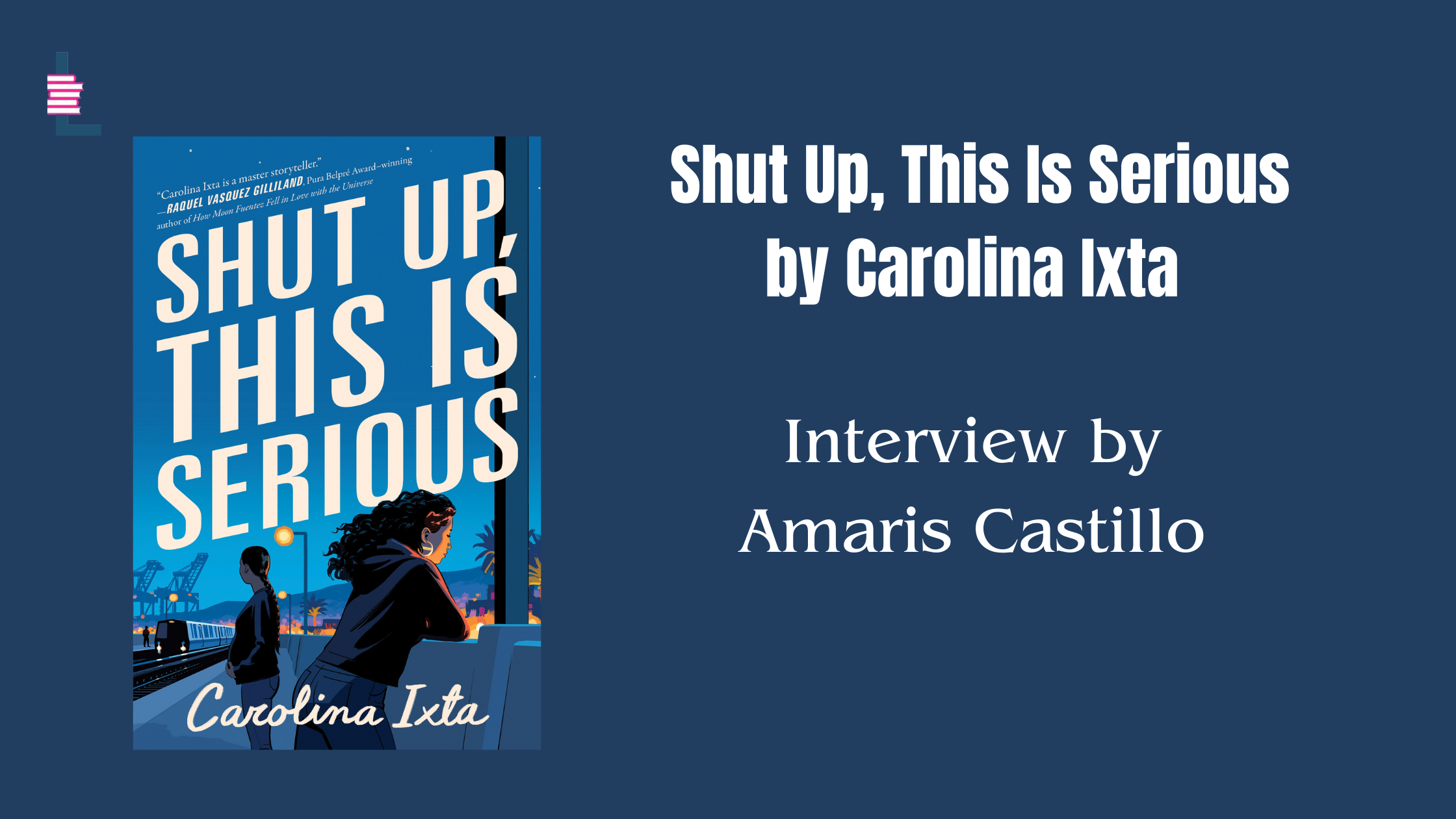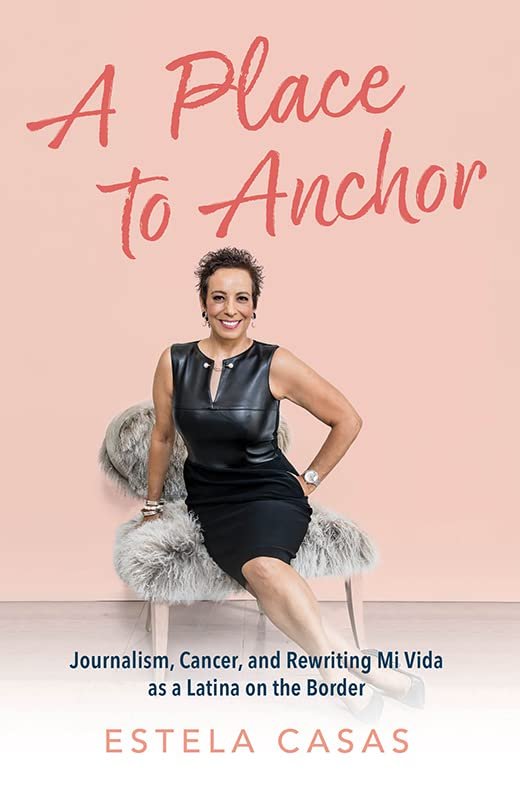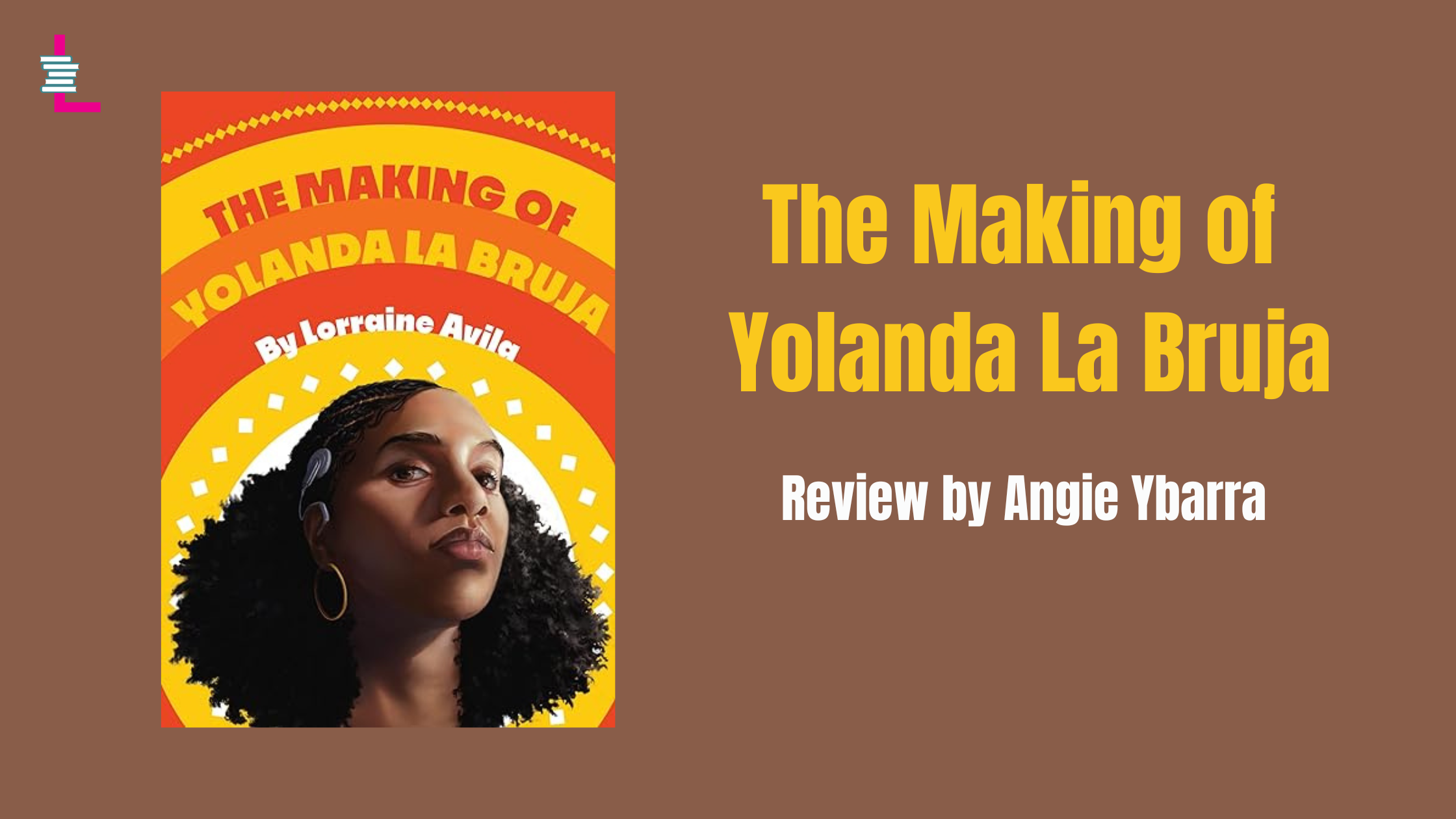Book Review: 'Flores and Miss Paula’ by Melissa Rivero
Mother-daughter relationships can be complicated and exacerbating, yet mothers are almost always on our side. Can we, daughters, be on their side, too? Are Latina daughters the friendly ears their mothers need? Flores and Miss Paula, by Melissa Rivero, takes you to the complex relationship between first-generation immigrant parents and their American-born children. The novel is about how Flores and her mother, Paula, find a way to keep living their separate yet connected lives in the absence of Martin, Paula’s first love and husband, and Flores’ beloved father. In a narrative filled with suspense, touching moments, and well-placed lines of Spanish/English code-switching that echo the Latino universe, Flores and Miss Paula are pushed to find common ground in their different ways of loving, trusting, and being for each other.
Flores and Miss Paula is set in New York from a New Yorker Latinx perspective. It effectively captures the multicultural air from Brooklyn to Queens, including a Peruvian Independence Day celebration in Flushing Meadows Park, with its characteristic colors, aromas, flavors, and music. We walk with Paula to neighborhoods and memories, where neighbors know each other and the Latino community gathers in the park to play soccer or just chismosear. We go with Flores from the solitary fire escape stairs in Brooklyn to her work in a startup company in Manhattan, where, despite enmeshed office politics, we chat with our favorite coworker and befriend the new Latino employee.
The novel starts with Flores finding an apology note under her father’s urn, the sacred place where superstitious Paula places her written wishes. As an only daughter now in her thirties, she trusts her economic present and future in her work in Finance, something that Paula clearly notices not working out for her daughter. But Flores doesn’t want to hear about it, much less from her mother, whom she loves but with whom she hasn’t built an intimate, trusting relationship as she had with Martin. Paula has found solace in her work at a convenience store and is trying to figure out who is she, if not a wife and a needed mother. Both mother and daughter use work as an anchor and to distract themselves from Martin's absence in their Brooklyn apartment. It’s been three years since Martin’s death, and now they are being asked to move out. Without Martin’s mediation to smooth Paula and Flores's crashing personalities, how can they find a way to keep this family of two together?
“Melissa Rivero has written a novel in which daughter-versus-mother conflicts take an intimate, genuine, and entertaining turn. As each situation propels a memory, and as each chapter keeps you going, you see the questions the novel brings you: Can daughters listen? Can mothers understand? ”
The story is narrated from two alternating perspectives: Flores and Paula. In Flores’s chapters, the point of view is from Flores’s first person, where she describes relatable, ridiculous, and men-centered workplace uncomfortable situations and keeps us holding our breath with what’s going to happen next with the startup company and how that will affect her. Flores transmits the pressure children face to validate their parents' decision to immigrate through their achievements in life.
Another engaging aspect is Flores's feelings of not being Peruvian enough because she wasn't born there, and her Peruvian identity is questioned because she doesn’t speak Spanish fluently: “Max was all about us meeting because Vicky was Peruana Peruana according to him—born there, like su madre, su padre, sus abuelas, sus bisabuelas, sus tatarabuelas, and so on and so forth back to the Incas or something. …. Does she speak Quechua? I remember asking, as if I did.”
Paula's chapters, on the other hand, are told in the second person, as if she’s talking in her head to Flores—maybe telling her what she can’t say face to face. But for readers, it feels like we are Flores, and we can hear our mother's inner thoughts about us, their children, but also how they feel about love and life as women. Paula does sound like a mother but surprisingly more like a woman who is able to finally ask herself what she wants to do with her life.
Melissa Rivero has written a novel in which daughter-versus-mother conflicts take an intimate, genuine, and entertaining turn. As each situation propels a memory, and as each chapter keeps you going, you see the questions the novel brings you: Can daughters listen? Can mothers understand? Can Paula and Flores find a way to meet without a bridge to connect them among cultural and generational gaps? Since Flores and Paula are facing moving out after over thirty years from their Brooklyn apartment, filled with Martin’s memories and Flores’ only home, readers want to know what’s next now that the past is gone and the future awaits. A novel definitely in tune with life after death and immigration in ever-changing New York.
Natalia Chamorro, a Peruvian-born writer based in New York, brings a unique perspective to her writing as a poet, immigrant, and academic passionate about the intersection of art and activism. Her work has been featured in publications such as Latino Book Review, Contrapuntos, and Nueva York Poetry Review, among others. She holds a Ph.D. in Hispanic Languages and Literature from Stony Brook University and has been supported by the Herstory Writers Network for her nonfiction literary writing. Her poem “Aria” was chosen for the New York City International Book Fair Anthology, followed by the publication of her debut book of poems, Reflejo escaparate, with Sudaquia Editores in 2023.




































